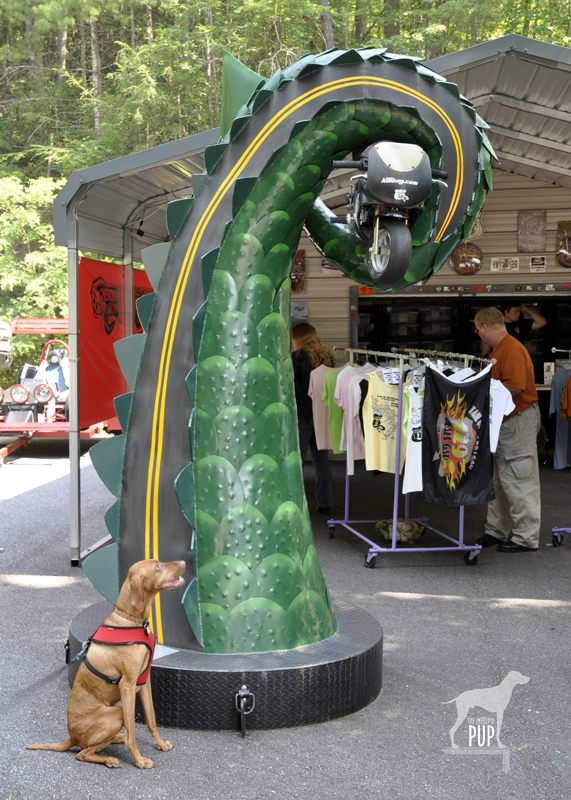
Tavish seemingly not intimidated by the Tail of the Dragon with a motorcycle in its clutch.
Tavish the Intrepid Pup‘s therapy dog vest sports several pins, many of which represent places he’s traveled. Mostly they’re conversation starters, and by far the one that attracts the greatest attention—primarily from kids—is the Day-Glo yellow one shaped like a road sign bearing the silhouette of a dragon and the words, “At the Gap there be dragons.” Here’s the backstory:
Last July, Tavish and Team Tavish were visiting friends in Tennessee who were eager to show us the Tail of the Dragon. It’s a storied stretch of Highway 129 that straddles the border of Tennessee and North Carolina. More accurately, it’s 318 curves in 11 miles with up to a 12% grade and 1800 feet in elevation. Hence the vivid and apt comparison to a jagged dragon’s tail. Were it a TV commercial, it’d have that impossibly fine print flickering across the bottom of the screen saying, “Do not attempt. Professional driver on a closed course.” Indeed, there have been vehicle performance tests done here, and for obvious reasons, the road is a magnet for motorcycle and sports car enthusiasts.
We had visions of “slaying the dragon” Easy Rider-style, with a Doggles®-wearing Intrepid Pup in a cool sidecar. The biggest problem with this plan was that neither we nor our friends own motorcycles. So, we did this trip in decidedly less hip fashion in what was probably an affront to the road itself: our friends’ 2001 Hyundai Elantra. Eat your heart out, James Dean.
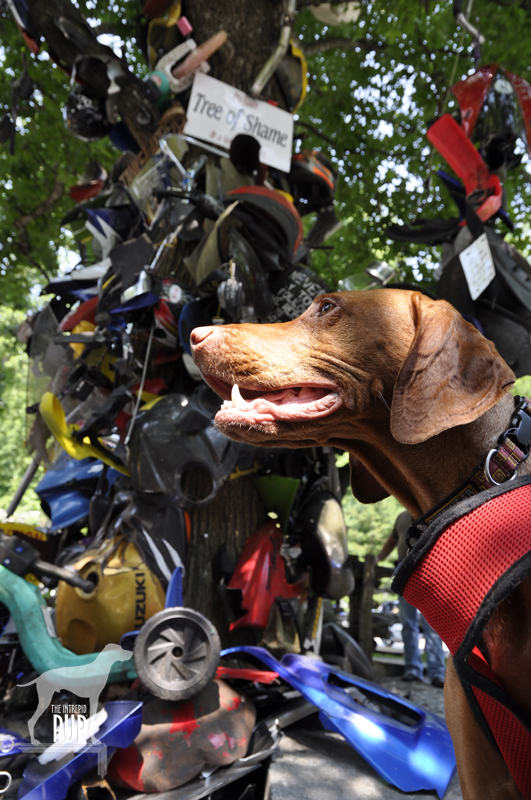
Who says that kinetic, post-modern sculpture can only be found in chic art galleries? Deal’s Gap has a pretty good example with its “Tree of Shame.”
Our friend drove and would periodically concede to the far more intrepid bikers by easing into paved pull-offs, earning us many appreciative nods and an occasional wave. It was also blisteringly hot that day, so the Intrepid Pup was favoring the Elantra’s AC vents over lolling out the window. But even without a white-knuckled Nürburgring experience, this was still a drive we’re glad we did.
There are a handful of entrepreneurial outfits that station photographers along the Tail of the Dragon. The business model is akin to having your photo taken at an amusement park while on some giant roller coaster and then having the opportunity to purchase said photo as you exit the ride. (Editor’s note: We did go online afterwards and easily found ourselves in that day’s batch of pictures…after all, there aren’t exactly zillions of silver Elantras amid the supercars and slick Harley-Davidsons. And, as you might’ve guessed, our souvenir car shot is best left to your imagination.)
Rounding the final curves and easing down that last slope (Wheelie Hill), reward you with the gateway attraction that is Deal’s Gap. Touting its own special brand of self-proclaimed “two-lane tourism,” Deal’s Gap consists of Tail of the Dragon LLC (an outlet store and de facto visitor information center) on one side of the highway and Deal’s Gap Motorcycle Resort (with accommodations, a shop, and a 65-seat pub) on the other.
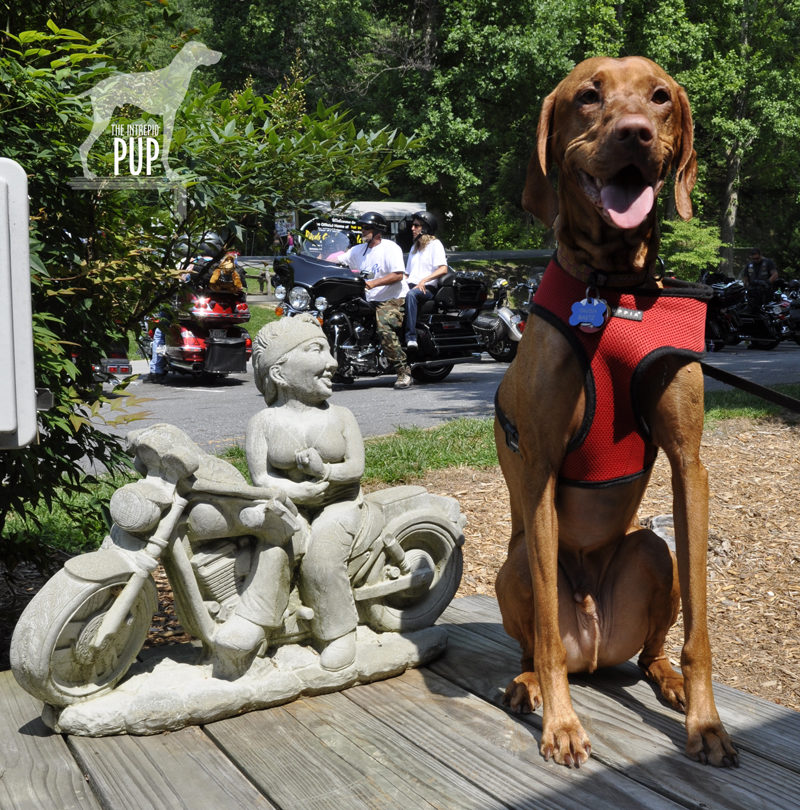 There are two standouts in this spectacle. One is the signature green “tail” pictured above. The other is the Tree of Shame located in the motorcycle resort’s parking lot. This crowd-sourced totem is part whimsy, part rite-of-passage, and part cautionary tale. Basically it’s 20+ years of jetsam—smashed reflectors, blown tires, broken headlights, dented hubcaps, and shorn fenders—lobbed in frustration by those unlucky enough to have been “bitten by the dragon.” The tree is always in flux as pieces get added or otherwise shift among the branches (a nearby sign warns, “CAUTION: Watch for falling parts from Tree of Shame”). It’s also a good reminder that riding the Tail of the Dragon carries an inherent risk; over the past 12 years, there’s been an average of slightly more than two deaths a year.
There are two standouts in this spectacle. One is the signature green “tail” pictured above. The other is the Tree of Shame located in the motorcycle resort’s parking lot. This crowd-sourced totem is part whimsy, part rite-of-passage, and part cautionary tale. Basically it’s 20+ years of jetsam—smashed reflectors, blown tires, broken headlights, dented hubcaps, and shorn fenders—lobbed in frustration by those unlucky enough to have been “bitten by the dragon.” The tree is always in flux as pieces get added or otherwise shift among the branches (a nearby sign warns, “CAUTION: Watch for falling parts from Tree of Shame”). It’s also a good reminder that riding the Tail of the Dragon carries an inherent risk; over the past 12 years, there’s been an average of slightly more than two deaths a year.
The parking lot is better than any showroom for gawking at the bikes, and it was here that Tavish made a few new friends. He plunked down in the shade by a random, concrete statue (doorstop?) of a bikini- and bandanna-clad biker and drew his fair share of affectionate pats from bikers returning to their rides. Many intended to traverse the route several times that day, and one biker nostalgically reminisced to us about his own pup that he never wanted to be away from for too long.
Maybe, just maybe, Tavish will get that ride in a sidecar yet!
Dogging the Detaihttp://tailofthedragon.com/index.htmlls
35°27′59.77″N, 83°55′9.99″W
Highway 129 (a.k.a. Tail of the Dragon), Tennessee/North Carolina, with a stop at Deal’s Gap
35°18′22.87″N, 84°00′46.45″W
Cherohola Skyway (Routes 143/165), North Carolina/Tennessee
This excursion rates a “1” on the Intrepid Pup wag-a-meter. It was a fun, scenic outing and, aside from the driving, was not very strenuous…particularly if you’re a dog! In all, we covered 113 miles that afternoon, but this represented three hours of actual driving time, because speed limits are just 30 mph on the Tail of the Dragon and 40 mph on the Cherohala Skyway.
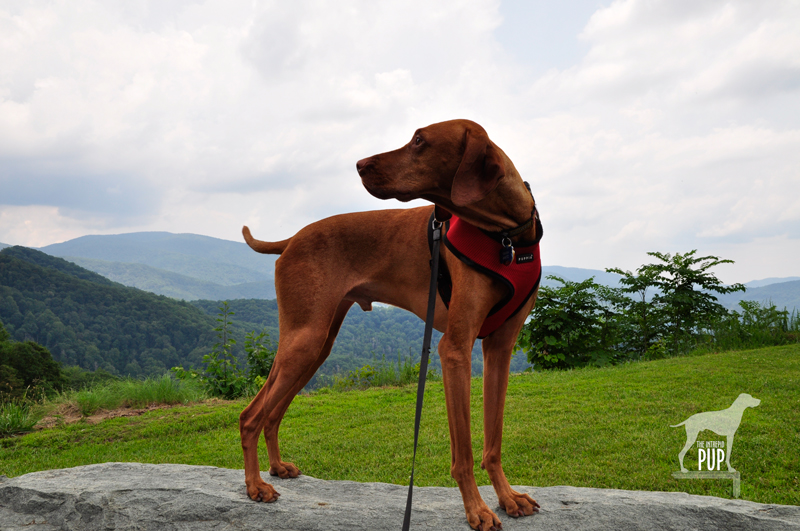
The Cherohala Skyway is the “mile-high legend.” Tavish proves it by standing at the Santeetlah Overlook, the route’s highest elevation at 5390 feet.
We had started out just south of Knoxville, snaking southeast on the Tail of the Dragon. En route we passed the Cheoah Dam. Besides holding back the water of the Little Tennessee River, it’s also famous for being the dam from which Dr. Richard Kimble—portrayed by actor Harrison Ford—swans dives in the 1993 thriller The Fugitive. It wasn’t easy for us to pull off the road right then, so there’s no Intrepid Pup photo…you’ll just have to take our word for it. We decided to extend our drive by daisy-chaining from the Tail of the Dragon right onto the Cherohala Skyway, a 60-mile, high-elevation road running west from Robbinsville, North Carolina, to Tellico Plains, Tennessee. But be sure to top off your fuel tank at Deal’s Gap as there are no gas stations on this segment. The route takes its name from the two national forests (Cherokee and Nantahala) it transects.
We made a couple stops along the Skyway to check out some pretty amazing vistas. From the sheer elevation, it’s easy to see why much of the highway gets closed during wintry weather. Before a passing thunderstorm hit, we were also able to stretch our legs and get in a short 0.75-mile hike with Tavish along a roadside trail with interpretive signs about railroads and timber harvesting.


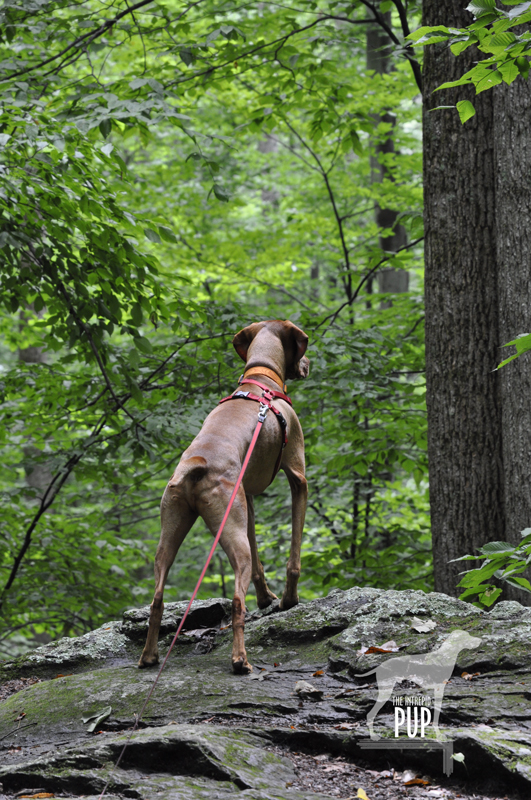

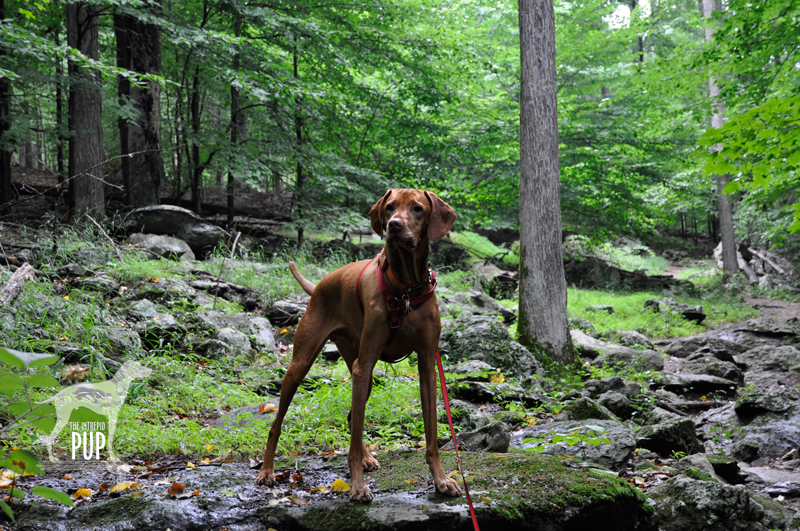
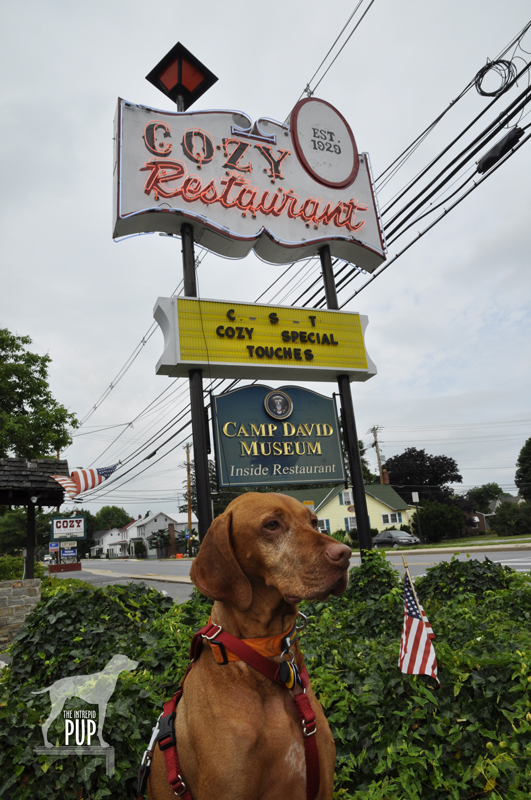 A modest-sized room off the main dining area serves as the gallery chock full of photographs and memorabilia highlighting the Cozy’s Camp David connections to 13 presidential administrations and counting. There’s a perfect photo opp beneath a rustic “Camp David” sign, but sorry, no dogs allowed inside.
A modest-sized room off the main dining area serves as the gallery chock full of photographs and memorabilia highlighting the Cozy’s Camp David connections to 13 presidential administrations and counting. There’s a perfect photo opp beneath a rustic “Camp David” sign, but sorry, no dogs allowed inside.
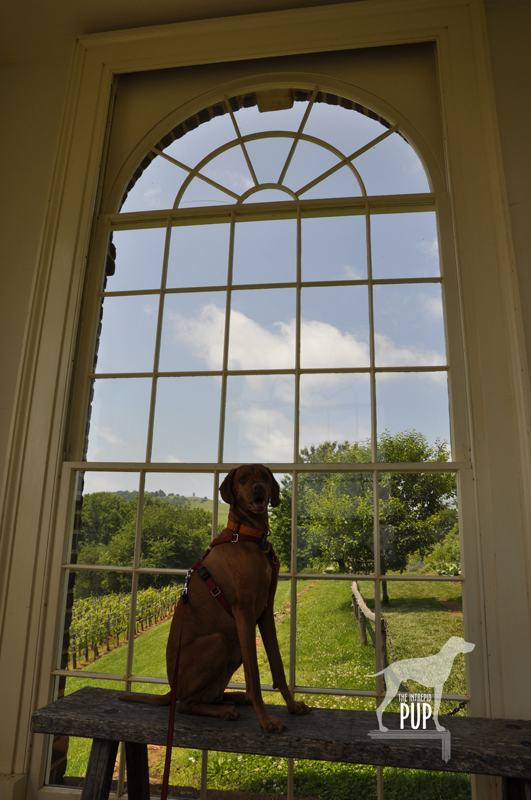
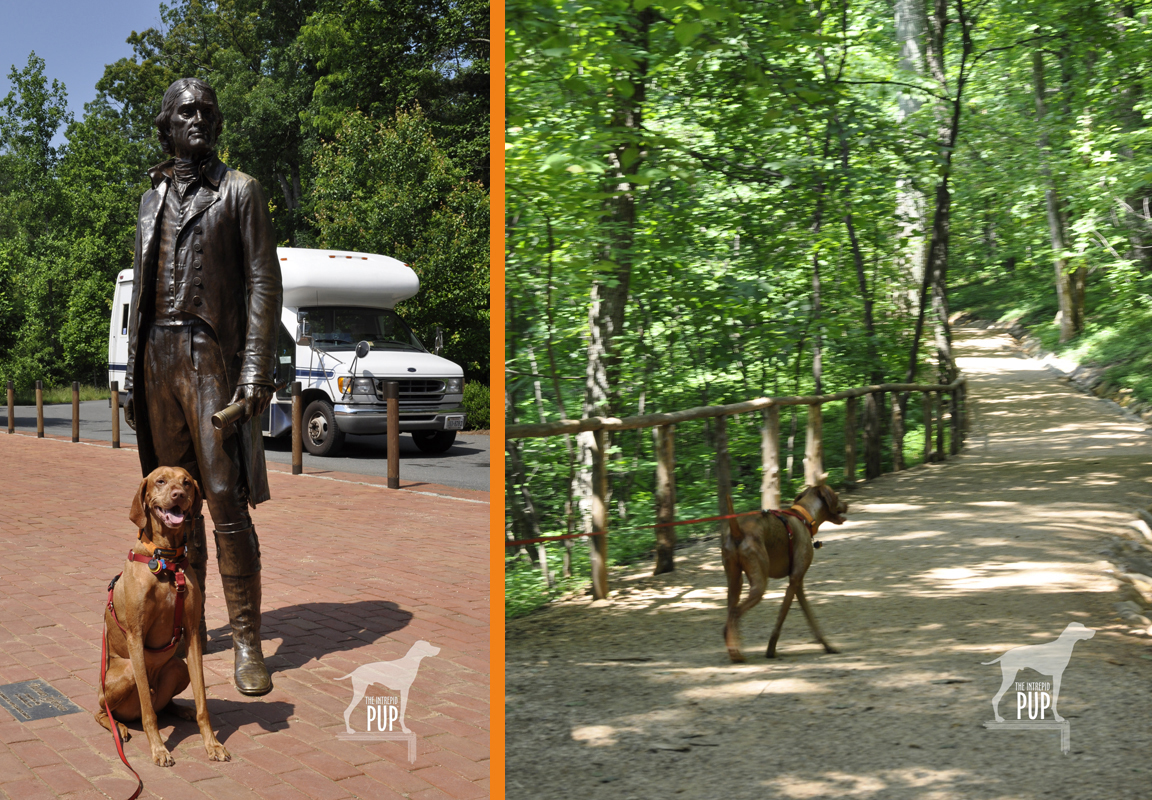
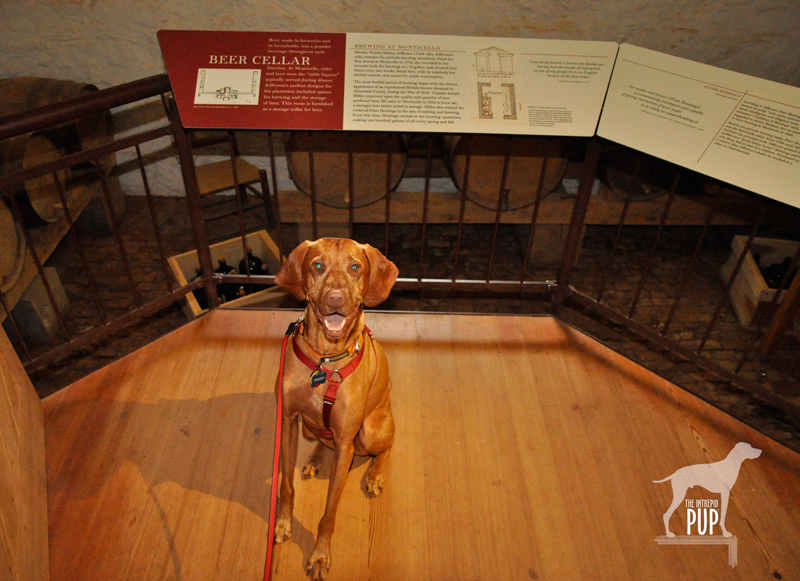
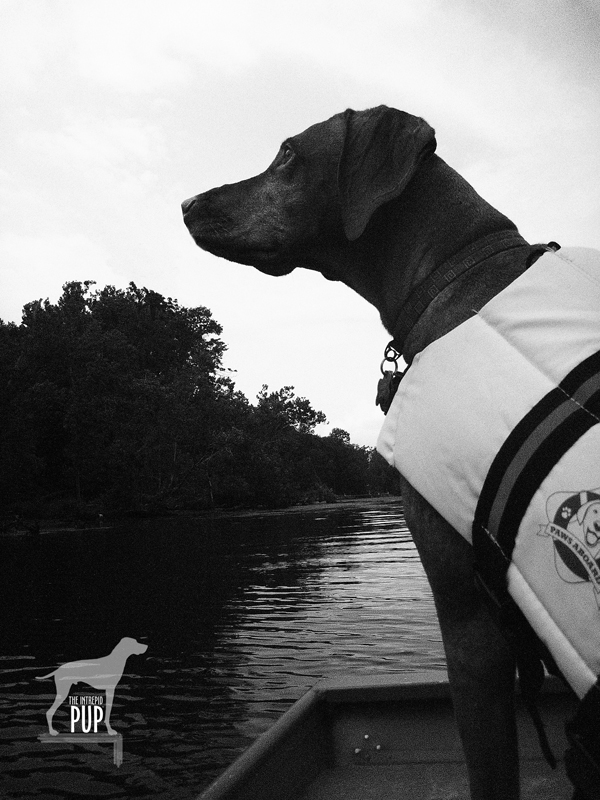 Are you indoors reading this? If so, take it outside!
Are you indoors reading this? If so, take it outside!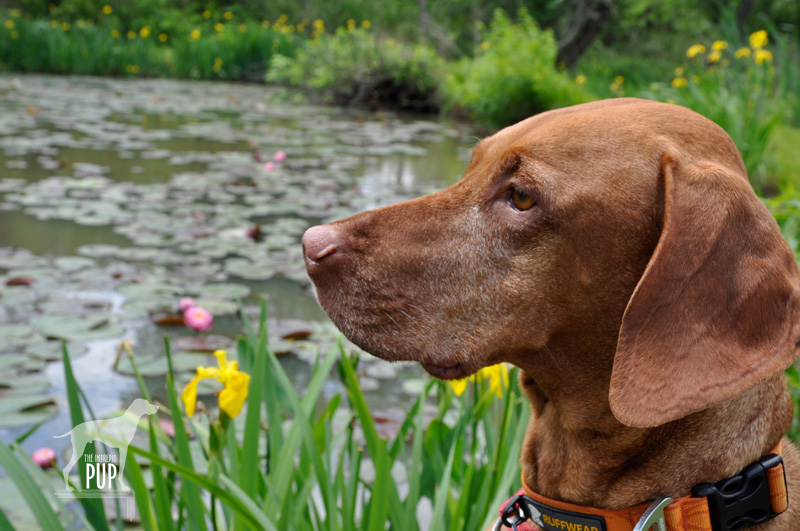
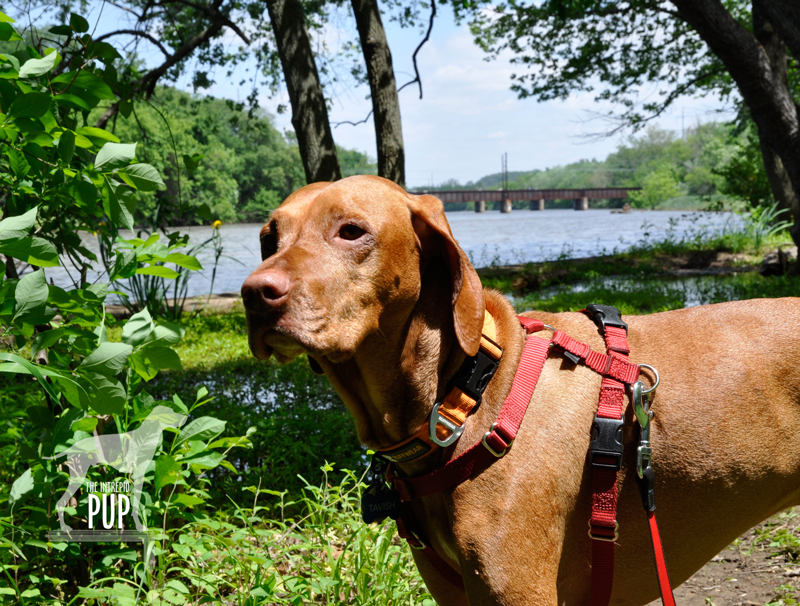
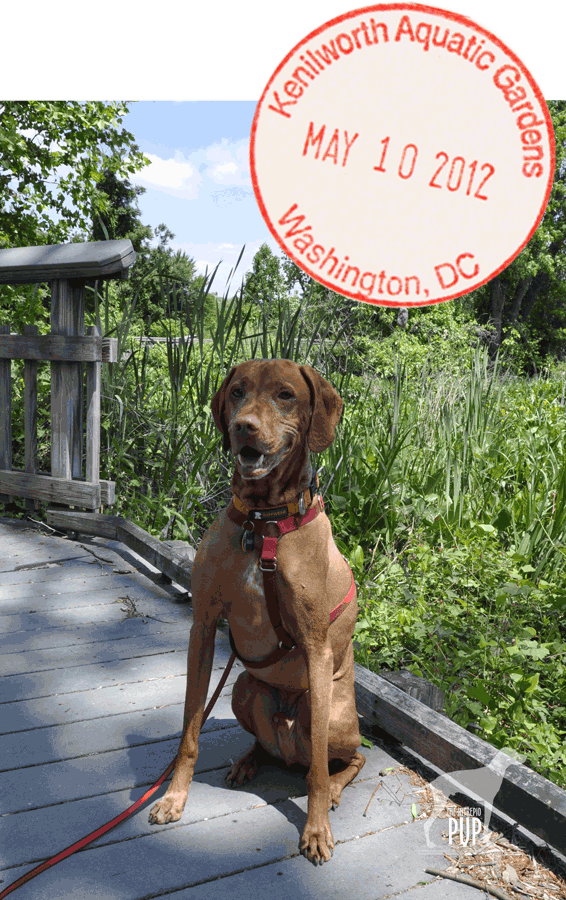

 Today's
Today's 








 to U.S. president Gerald Ford from Ford’s daughter and the White House photographer.
to U.S. president Gerald Ford from Ford’s daughter and the White House photographer.
